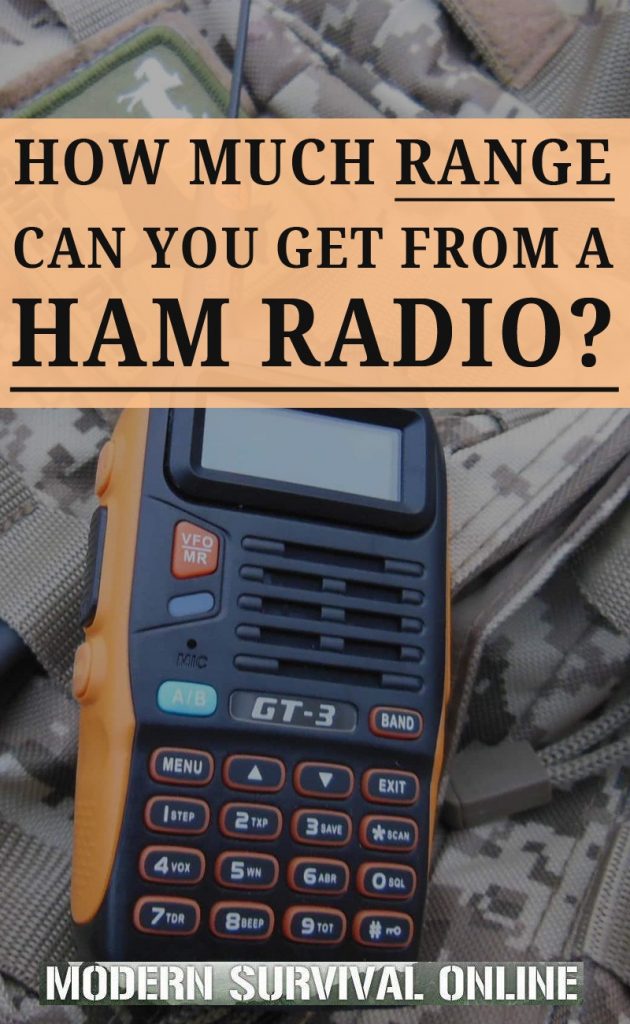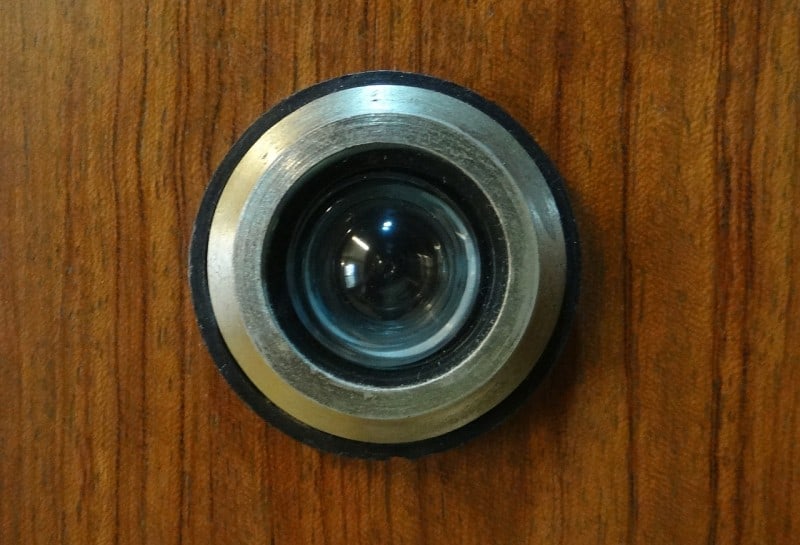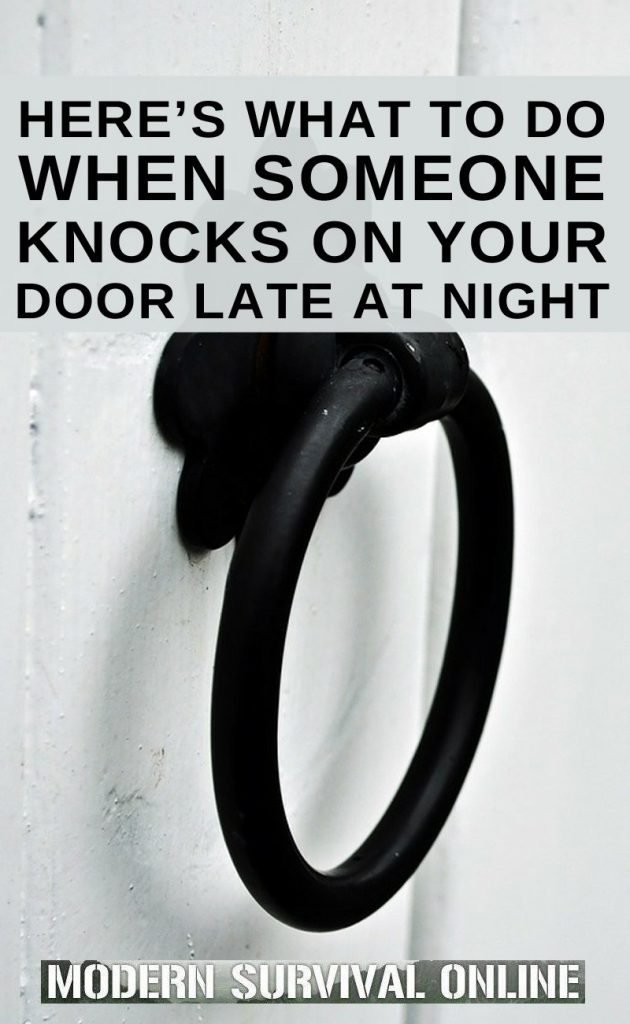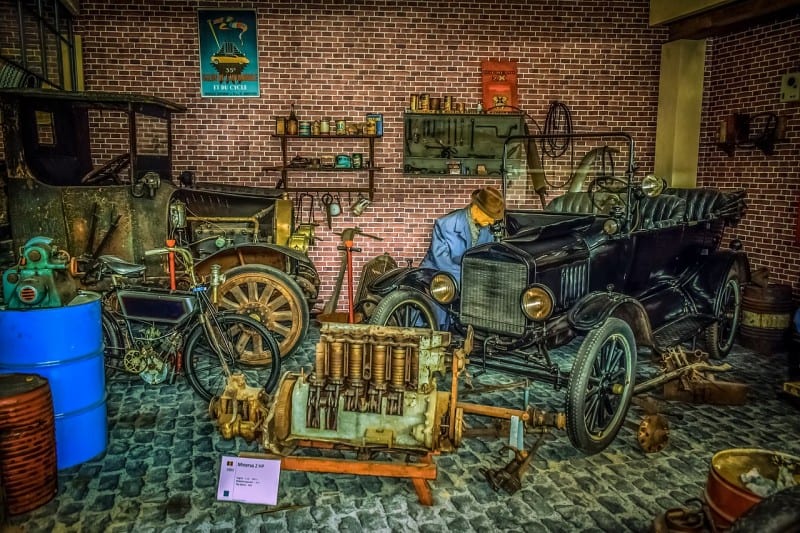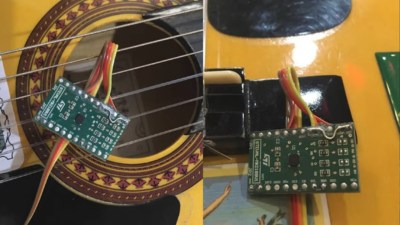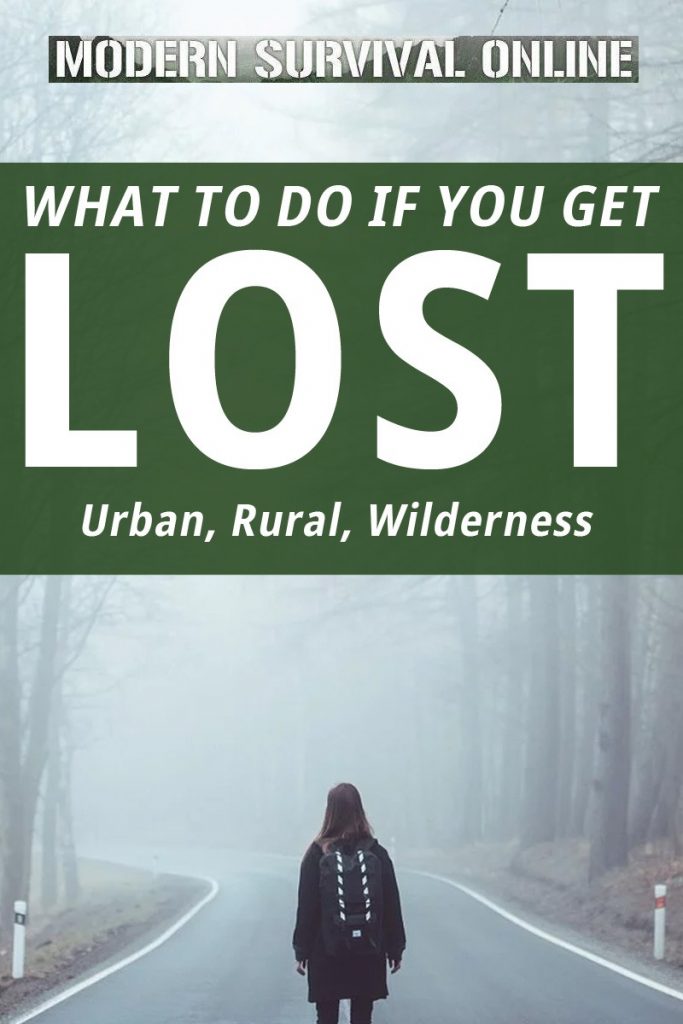The Generational Battle seemingly never ends, and while often well-intentioned and good-natured, it seems to have reached a nasty fever pitch these days.
The older post-WWII generation constantly berates the younger ones for their seeming ineptitude and supposed lack of work ethic, while the younger generations retaliate with a muttered “OK, Boomer…” before dismissing them to the trash bin of history.
The Baby Boomers believe they built the World As We Know It, while the Millennials and Gen Z. dismiss their achievements as half-hearted, a product of largesse and kinder times.
The Old Timers think their wisdom hard-won. The Millennials have the entire world’s knowledge at their finger tips, and know how to use it.
While it is true that every generation improves and builds upon the foundations of the one that came before it, it seems there is a definite mean-streak among the mid-20’s to mid 30’s folks that is increasingly dismissive of their parents’ and grandparents’ generations as hopelessly outdated and out of touch.
That, as they say, would be a bad move. A sting to the ego or not, our parent’s and grandparent’s era has an awful lot to teach us younger whippersnappers about survival, especially in austere settings.
In this article, we’ll have a look at 10 things that “Old Timers” did as part of surviving that us young and young-ish types should do too.
New Problems for a New Age
It is true that modern preppers have to deal with threats and risk factors that our forefathers didn’t, or indeed, weren’t even possible back in their day.
Modern life furnishes us all kinds of invisible and nearly undetectable threats that can no less ruin our day: online privacy issues, a new and growing surveillance state, EMPs, cyberwar and a widening gulf between values and cultures that seems impossible to bridge, much less stop.
Surely the old folks can give us that much at least if they have time to stop acting so smug? What about our precarious economic situation? Living under continual terror threats?
A deadly-serious housing crisis? They didn’t have to worry with any of that! Those agrarian and golden times were Easy Mode for the good, old U.S.A.
True, except, not really. The older generations didn’t have to deal with some of the problems we do, today. But they also had plenty of their own, including some of the most fundamental survival problems that persist across all of human history.
And they had to figure it out using far less in the way of technological sophistication compared to what we enjoy. While our technology is an immense asset, it can also limit our field of view.
Nothing New Under the Sun
Including what problems plague mankind. While each generation has its sort of signature issues it has to struggle against, it never fails that each one will believe the following: the generation that preceded it didn’t know shit and the one that comes after it is woefully defective.
It is just the way of things. But what each might fail to recognize is that every generation is theoretically if not practically at risk of the same fundamental threats.
While our grandparents and great grandparents survive the dread and lack of the Great Depression, our modern economy does not make us immune to a bursting bubble and subsequent recession.
Our grandparents and great grandparents lived through the quaking tumult of the Civil Rights Movements and associated chaos.
It remains to be seen if the unrest and viciousness of our latter-day societal troubles will boil over into mass conflict and violence.
Our parents lived through the Cold War in earnest, the specter of nuclear annihilation loomed much closer then. Today, a nuclear war among major powers is almost laughable in reality, though the proliferation of nuclear weapons and the smalltime madmen who would actually use them seems to be growing by the day…
The point is this: our elders did have to deal with some serious stuff, and they did have to do it without so much of our fancy technology.
For them, at least for many of them, an austere day-to-day existence that many of us would call a proper survival situation was just… Living!
No matter how peaceful or “Leave it to Beaver” wholesome an era was, there were always threats to the solvency of a family. Natural disasters sure as hell still happened.
Man-made disasters, too, in the form of chemical spills, train crashes and the like. Preppers might not have had the same label back then, but you had better believe any man or woman worth two cents took pains to ensure their family was ready and insulated against disaster.
Modern Prepping has Advantages and Drawbacks
Modern preppers enjoy all kinds of technological advantage over our forbearers. We have the right tools, the right info, the right “hacks” for any conceivable issue, great or small.
In fact, our modern database is so vast and so intricate, it oftentimes feels like we barely have to think at all about a solution! A few words of text in a search bar and we’ll have a dozen possible solutions with expansive step-by-step guidance on implementation.
This is good and bad. It is good because specialization often yields the most efficient response to any given problem, but it is bad because we have, in a way, outsourced a big part of our problem-solving skills to an electronic software solution.
Don’t think it’s a problem? Tell you what, next time you have a novel and unknown problem crop up, resist the urge to turn to Google, Bing and whatever other search engines, forums, wikis and so on you typically do to get your fix.
You can have all the hardware solutions in the world, and be daggone sharp at implementation and reading instructions but have precious little in the way of analytical ability or real critical thinking skills.
I’m not condemning, I am sure I am much the same: for those of us raised in the Information Age, we never had to do without it. It was always there, always a part of us for lack of a better word.
But considering how fragile our info networks really are, it is more of a dependency than an innate superiority. One bad turn of events can see it all go black. Forever…
The Wisdom of the Old Timers
Our elders had to sort out what they needed to do using a lot less institutional knowledge and a lot more hands-on experimentation and learning built upon the back of repeated, demoralizing failures.
They did not, in any way, have access to the same storehouse of knowledge that we younger folks do, and we carry it around in our pockets!
Even with access to a university library and experienced, skilled teachers, there was simply a cap on what was known and accessible to a given person.
Only the advent of the internet made comprehensive information on any given topic taken for granted.
If they could not ask someone, attend a convention or find the info in their local library they were SOL, and left to good old fashioned “figure it out or go without.”
Friends, family, neighbors and perhaps a county “expert,” assuming you could get an in or mutual connection, were the only reasonably reliable sources of institutional knowledge on pretty much any topic.
And once you had the knowledge you sought, applying it was far more laborious and involved far more trial and error. Again, they did not enjoy live video feeds, up to date schematics, check lists, and pages upon pages of FAQ’s and other errata near to hand for literally every topic imaginable like we do.
The result? While the transmission of knowledge was much slower, the understanding of how things worked, and why, was more comprehensive, much richer you might say.
This led to far greater confidence in their own abilities. Knowing you know something is a lot different than knowing what to look for to take care of something. We youngsters might know a little about an awful lot of things, but we don’t know an awful lot about a few things.
So though it is easy to decry our parents’ generation as knowing comparatively little, their knowledge was like a iceberg: they knew an awful lot more about a given subject than just the simplified, surface stuff.
If they knew how to work on a car I guarantee you they probably knew the intricacies of that car, too. What parts were adaptable from other models, or what parts and screws they could live without if they had to.
I promise you your granddad had one gun, or maybe two, and he knew it inside and out. He knew every screw and spring, he knew how far his chosen load would buck the wind and when it would start to falter.
He knew to be mindful of a shifting zero resulting from a wooden stock warping in the moist air.
The point is, our forbearers went into greater detail, they dug into the nitty-gritty, compared with us. If we learn but one thing from them, let it be that we should strive to learn things comprehensively, not just broadly.
10 Things Old Timers Did to Survive that You Should Do, Too
You might be a survivor, a veritable prepping machine, and really live a lifestyle of readiness. Good on you. Even so, I’ll still wager that if you peruse this list of things that the old timers did you will find at least a couple of ways they would have blown us out of the water.
Give this list a gander, and let’s see what they were up to, and up against!
#1. They Didn’t Whine
Our modern culture has cultivated an acceptance of weakness, in all forms. Your flaws, your shortcomings, your flaws, your failings have all been reframed as uniquely you, even admirable!
Sniveling is the fastest way to court attention and get what you want. No wonder then that it is so widespread!
From the government, to the state of the Union, to those voters, to my neighbors, it is completely acceptable to go “snivel me timbers!” at the drop of a hat.
It sure as hell was not that way back in your elders’ day, and it was not acceptable! A perpetual squealer was shamed, mocked, and derided. It would seriously threaten their inclusion in groups of all kinds.
Bad emotions and words have a viral quality about them; they infect the minds of those who are exposed to them. One bad apple really can spoil the whole bunch.
Our forbearers knew this, and amputated those bad apples before they went rotten. If someone had a complaint they had better damn well have a plan for fixing it, too. If they didn’t, you bit your tongue and took it like a man. Suffer in silence!
Take this play from their play book: don’t complain unless you have a solution for what drew the complaint in the first place! Whining and moaning does nothing but make you and everyone else feel worse and it wastes both time and energy.
If you don’t cultivate a culture of “fix it!” you are going to have a hard time as a prepper.
Don’t whine!
#2. They Kept it Running and Made it Last!
Most of us have that one parent or parental figure who seems supernaturally talented at keeping things working, running, useful long after they should have rightfully worn out and been thrown away.
What you and I might call a gift, or a specialized skillset when it comes to repair and improvisation was actually just life for our elders. They were resourceful because most of them had to be!
Things were treated with more reverence and care back then since you were never guaranteed a replacement.
If something expensive broke, or you were just living in a real low-income household, the things you used and needed had to last or your ass would be going without.
Our elders had the guts, know-how, stick-to-it-iveness and determination to make things work!
Today, the skill does not have as much cache; we have literal mountains of crap just waiting to be bought, waiting to replace anything whatsoever that breaks.
And we even have credit cards and financial aid that can help us get what we cannot afford! Well, that’s fine, but what it does it create an ocean of waste as well as a habit of hitting “reset” when something breaks.
You think you’ll be able to hit up repairclinic.com or Amazon during a SHTF crisis? Of course not! You had better be learning to fix things yourself.
The next time something wears out or breaks down, fix it, even if you can afford a replacement and even if it should, rightly, be thrown away. Hop on the internet while you can, or bust out a repair manual and make that old piece of equipment work again.
It might not look like new, but if you can keep it functional, even partly functional, that is going to go a long way to boosting your confidence when the chips are down and you don’t know when the lights are going to come back on, if ever.
#3. They Chose Quality
If you are very lucky, you are the recipient of one of your elders’ treasured tools or firearms. If not one of those then some other family relic that has survived, lovingly cared for, and been handed down through the generations.
And if you are not so fortunate I’ll bet you know someone, a friend or neighbor, who is. Whatever that item is, it has only survived long enough to be handed down because it was taken care of and because it is something made to last.
Buying the good stuff is not cheap, and lacks the instant gratification that Americans have so grown to love.
But while buying quality items is not cheap, it is still cheaper than buying cheap, whereby the thing you bought will invariably need to be replaced or worse, it cannot even do what you bought it to do.
Ultimately a higher quality item will provide a better return on investment since it lasts, allowing you to get more work out of it, longer, and with less downtime.
Not everything was necessarily made better back in the old timers’ day; our technology has indeed come a long way since then.
But despite our advances in materials and manufacturing the paradigm seems to be “as cheap and as often as possible” when it comes to quality. That’s a bad play.
Sharpen your pencil, save if you have to, but turn your eye toward quality in all purchases!
#4. They Made Do With Less
I think there are few preppers today who would boast of being able to get more down using less provision and less equipment than our elders.
I’m not talking about working longer hours or walking uphill, in the snow, both ways, to and from school. I am talking about the business of survival, specifically outdoor survival.
Don’t believe me? Go take a look at any old photos your grandparents might have squirreled away or an old outdoor magazine from the era. Have a gander at the size of their packs, would ya?!
You’d see people packing a bag hardly larger than a knapsack for multi-day excursions into the wild! Some of these old timers went in with loads so light they can hardly be said to have packed at all.
Now, before you call be a hypocrite for praising seeming unpreparedness, hear me out: they didn’t go in unprepared, they simply had all their info “under the hood” in their brains.
They could carry in simple tools and using a bit of woods lore and the minimum of effort produce what they needed in the field. Instead of carrying a tent, they would carry a simple tarp or lean-to and some cordage, and would supplement that with some boughs or leaves for warmth and comfort.
They would not carry half a tool chest into the wild yonder, instead relying on a small handful of had-to-have-it tools and would know a hundred different ways to use them.
In short, they would use knowledge and wisdom to best effect, relying only on what hardware and gear they had to have to get the job done.
We should learn from their example; too many preppers are as helpless as babes when separated from their BOBs and all its goodies.
You should be able to use the basics to shape the situation to your will; if you are smart enough, you can.
#5. They Forged Meaningful Relationships and Support Through Them
You can safely say we today enjoy more “friends” than any generation past thanks to our connections on social media.
The sad part is, our friends in cyberspace are often as ethereal as any relationship can be and still be called one.
We might have more, but they are worth far less, unless swapping humorous videos and spicy memes is a worthy pursuit in your eyes.
Compare that with earlier generations. They had fewer relationships all told, but many more truly deep and abiding bonds. Part of it is a cultural things, but the other half was necessity.
They often did not have anyone else they could turn to or rely on when things got rough. Your friends, family, neighbors and fellow members of your congregation were your community.
When there was trouble, those people showed up, and if they didn’t you’d likely want to know why. Those are bonds you cannot fake, and you cannot tout if all they are is electrons on a screen and a years old, dusty chat thread.
You can say “your people” all you want; if you don’t know for a fact, right now, they’d show up at 3 AM when the chips are down and you have it all on the line, you don’t have anyone.
Worse, the popular idea of the know-it-all superman survivor is increasingly infectious, and plenty of preppers not only think they can survive alone, they plan to!
This is the height of idiocy if you have any other choice. That story almost always ends with the lone survivor dead. Your elders knew, really knew, that old fashioned community, even if just a tiny village, was a vital insurance policy against the unknown.
#6. They Kept Their Cards Close to their Chests
You ever pay attention to how your granddad acts when he is talking to people, even his friends? You ever pay attention to the old heroes of movies and TV back then?
Notice how quiet and stoic they all are? There is a reason for that: the old timers sure as hell didn’t believe in over-sharing! Most of them, especially the men, were taciturn in the extreme, almost brusque.
They didn’t gush, didn’t talk at length, and didn’t babble. This accomplished a few things in one fell swoop.
First, it was considered good manners. No one wanted to be thought of a blabberer or motormouth. Second, it kept their cards, practical and emotional, close to their chests.
If you betray no weakness your weakness cannot be used against you. Our elders knew that there was always someone out there who would not hesitate to take advantage of you if they had even a tiny bit of leverage.
Plenty of modern day preppers treat prepping as a hobby in some ways; they cannot wait to tell someone, anyone, alllllll about it.
You know what your granddad would probably say? SHUT! UP!!! Shut up about your plans, your whereabouts, how much land you have, how many guns you have.
Don’t tell people about stuff that could be turned against you or taken from you unless you have serious trust built up (see #6).
The same goes for what you say, post and do online. You needn’t think anyone is truly anonymous these days.
#7. They Used Less and Made More
The concept of saving is virtually unknown to the younger generation. A huge portion of Americans cannot miss a single paycheck without going four-legs to the sky. How’s this for a disaster you aren’t prepared for?
Let your car need a major repair, or one of your kids need a surgery or your home require some correction lest you be fined into oblivion.
How long can you last? How far can you go? WHAP! You lose your job tomorrow. How long can you survive on your savings?
This is not just cash money related, either, though that is part of it. Say whatever you want about economies and this and that the other, our elders were much better at keeping more put back “just in case” than we are today.
Most of us had or have great grandparents who would religiously scrimp and save and clip coupons even if they didn’t have to. They were after just those few pennies saved.
They would can and freeze and cure and pickle to hang on to more food that would otherwise be lost. How’s that for prepared, nearly 6 months worth of ready to eat food on hand, eh?
They made it a point to live below their means. We should, too. If you don’t have a savings account or stash of cold, hard cash, start one today.
I don’t want to hear about this, that and the other thing! What can you give up? What can you sacrifice if you want to be truly prepared as you say?
Can you get out of your house and live in an apartment? Can you leave your apartment and live in a tiny home or camper? If there is a will, there is a way, and it will be too late when disaster has struck.
#8. They Did Not Rely on “I Think”
Way back when, action was valued, not talk. I didn’t say “valued much more”; talk was not worth spit. If you didn’t know what you were talking about, you had best keep your mouth closed and listen.
Experience, wisdom, that was valuable. Not theory, not hypothesis, not educated guesses. There was too much to lose back then and a lot fewer safety nets if you screwed up and fell. Speculation would get you severely rebuffed in the company of those who had already done.
If you had already done, and knew what you were talking about, you were fine. If you hadn’t, you kept quiet or you got “read in.” The only way you knew what was what was by doing. Act! Action! Act!
He who did more was not only worth more, they were the only one worth anything at all. If you failed, that was alright: you at least had the nads to make the attempt, to try, to dare and try and falter.
You need to become a doer! Stop talking and chatting about prepping this and training that! Go do it! Now!
Go to the range, scout that bug-out route, get in a workout, markup your maps. Get action! It is the only way growth occurs. Not by wishing, thinking and, bleh, more talking!
#9. They Kept in Better Shape
There is little argument that Americans today are some of the most out of shape people on the planet, with skyrocketing rates of obesity, heart disease and other fitness-preventable diseases and ailments standing in as grisly testimony to that fact.
Sadly, we are growing fatter still; our reliance and love of labor-saving technology for everything and a diet that is most often times processed, fattening, carb-o-holic garbage means that this trend will only likely continue.
While the “fat American” stereotype was certainly around during the old timers’ day it was simply not as prevalent.
The shame and stigma of obesity was sharper, and the lifestyles of the time, I’ll give you, simply had more exercise built in to it.
Many jobs and tasks of the day relied on muscle, not machines, and not electronics. But, that excuse notwithstanding, our elders knew that they had better keep in shape if they wanted to survive; believe me, they knew how hard it was!
It is easy to say you are “ready” but if you cannot make it up a flight of stairs or sprint to the end of the driveway without getting horribly winded you will probably not survive the rigors of a real survival situation. But that pie DOWN, and get the weight off!
#10. They Were Leaders
Our elders did not hem, haw and try to reach consensus. They did not consult, meditate and pace about it.
They acted. They did. And most importantly they led. They lead their families. They led the people who depended on them. They bore the burden of leadership stoically and did not shirk it or whimper.
They did not panic when the stakes were high and the other folk were screaming fit to kill. They steered into the crisis and led people out of it or through it.
It might seem like they were better leaders because they were better men and women. Maybe it’s true, but I don’t think so.
Leadership is about attitude. It is about stepping up and getting in front of the problem. It is about being the rock, the fixed point.
Start embodying that. Be decisive. Be firm. Have a plan. Have a backup plan. When something needs doing, do it. Don’t ask for permission. Don’t wait for approval. Do it.
With time, dedication and refinement, people will start seeing you as that “natural” leader and look to you in times of trouble. Then, like your elders, you will have a group of followers, not a rabble of panicky individuals.
Conclusion
We sure do have a lot to be thankful for and proud of as preppers today, but I maintain that we can still learn a lot from our elders if we choose to understand the lessons.
While it is popular, even funny, to ridicule them as out of date dinosaurs hailing from a world so far removed from our own it might not have existed at all, I can assure you they worked hard and sacrificed much for the wisdom they have.
Don’t neglect it! Give this list a thorough read and see what lessons the Old Timers can pass down to you.
